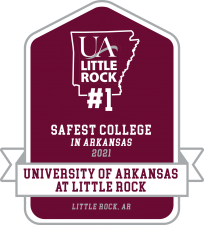Be aware that some earthquakes are actually fore-shocks, and a larger earthquake might occur. Minimize your movements to a few steps to a nearby safe place and stay indoors until the shaking has stopped and you are sure exiting is safe.
Immediate Action
- Drop to the floor and take cover by getting under a sturdy table or other piece of furniture, and hold on until the shaking stops. If there isn’t a table or desk nearby, cover your face and head with your arms and crouch in an inside corner of the building.
- Stay away from glass, windows, outside doors and walls, and anything that could fall, such as lighting fixtures and furniture.
- Stay in bed if you are there when the earthquake strikes. Hold on and protect your head with a pillow, unless you are under a heavy light fixture that could fall. In that case, move to the nearest safe place.
- Use a doorway for shelter only if it is in close proximity to you and if you know it is a strongly supported, load bearing doorway.
- Stay inside until shaking stops and it is safe to go outside
- Be aware that electricity may go out or the sprinkler systems or fire alarms may turn on.
- Do not use the elevators.
If outdoors:
- Stay there.
- Move away from buildings, streetlights, and utility wires.
- Once in the open, stay there until the shaking stops. Most earthquake-related casualties result from collapsing walls, flying glass, and falling objects.
If in a moving vehicle:
- Stop as quickly as safety permits and stay in the vehicle. Avoid stopping near or under buildings, trees, overpasses, and utility wires.
- Proceed cautiously once the earthquake has stopped. Avoid roads, bridges, or ramps that have been damaged by the earthquake
Decision Maker(s)
Facilities Management personnel will make the determination on the safety of immediately reoccupying buildings. Incident Command will guide rescue operations. The UA Little Rock business continuity plan will guide recovery efforts. Student Services plans will direct relocation of campus housing residents if required.
Subsequent Procedures/Information
- Expect aftershocks. These secondary shockwaves are usually less violent than the main quake but can be strong enough to do additional damage to weakened structures and can occur in the first hours, days, weeks or even months after the quake.
- Help injured or trapped persons. Do not move seriously injured persons unless they are in immediate danger of further injury.
- Stay away from damaged areas unless your assistance has been specifically requested by police, fire, physical plant, emergency medical responders or relief organizations.
- If you smell gas or hear blowing or hissing noise, leave the building immediately and notify Facilities Management.
- If see sparks or broken wires, notify Facilities Management.
- Report sewage and water line damage to Facilities Management. If water pipes are damaged, water from the tap may not be safe to drink.
